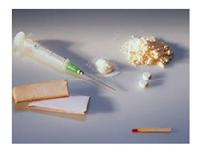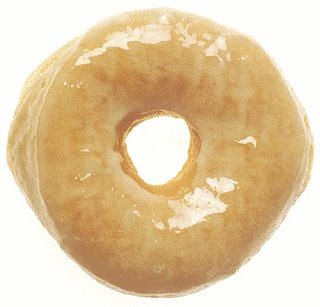
Turning off the genes for substance abuse.
If psychiatric disorders, including depression and addiction, are rooted in nature, but modified by nurture, some better way of viewing the interaction between genes and the environment is desperately needed.
Enter "epigenetics," defined as the study of how gene expression can be modified without making direct changes to the DNA. Writing in Science News, Tina Hesman Saey explains that "epigenetic mechanisms alter how cells use genes but don't change the DNA code in the genes themselves.... The ultimate effect is to finely tune to what degree a gene is turned on or off. Often the fine tuning is long-lasting, setting the level of a gene's activity for the lifetime of the cell."
A common form of epigenetic modification involves adding molecules to the DNA structure. Adding molecules from a methyl group or an acetyl group can change the manner in which genes interact with a cell's transcribing system. Cells can "mark" specific genes by attaching a methyl group consisting of three hydrogen atoms and one carbon atom to cytosine in the DNA base, effectively turning genes on or off without making major alterations to genetic structure. (Gene mutations or insertions, on the other hand, are capable of fundamentally altering the DNA protein structure.)
Scientists have learned that epigenetic changes can be caused by environmental impacts, but the details are not well understood. We have not yet reached the point of being able to link a specific experience of stress or infection or chemical exposure to specific epigenetic alterations.
What does any of this have to do with drug addiction or depression? One of the environmental impacts researchers have linked to epigenetic changes is drug addiction. The DNA double helix is packaged in proteins collectively called chromatin. One set of proteins, the histones, is a frequent site of epigenetic modification. In a study published in Neuron, Eric Nestler and co-workers in the Southwestern Medical Center at the University of Texas found that alterations in chromatin packaging were tied up with the dopamine release caused by cocaine addiction. The researchers concluded that chronic cocaine use was influenced by "chromatin remodeling." Specifically, modulating histone activity "alters locomotor and rewarding responses to cocaine."
How does this work? As Saey writes in Science News: "Another gene, known as delta-FosB, also switches on when a wave of dopamine washes over the nucleus accumbens.... Delta-FosB teams up with other transcription factors and recruits enzymes that acetylate histones and remodel control regions of some genes..... Such findings suggest that medicines that interrupt or reverse epigenetic changes caused by drugs of abuse could one day prevent or cure addiction."
Image Credit: Science in School






